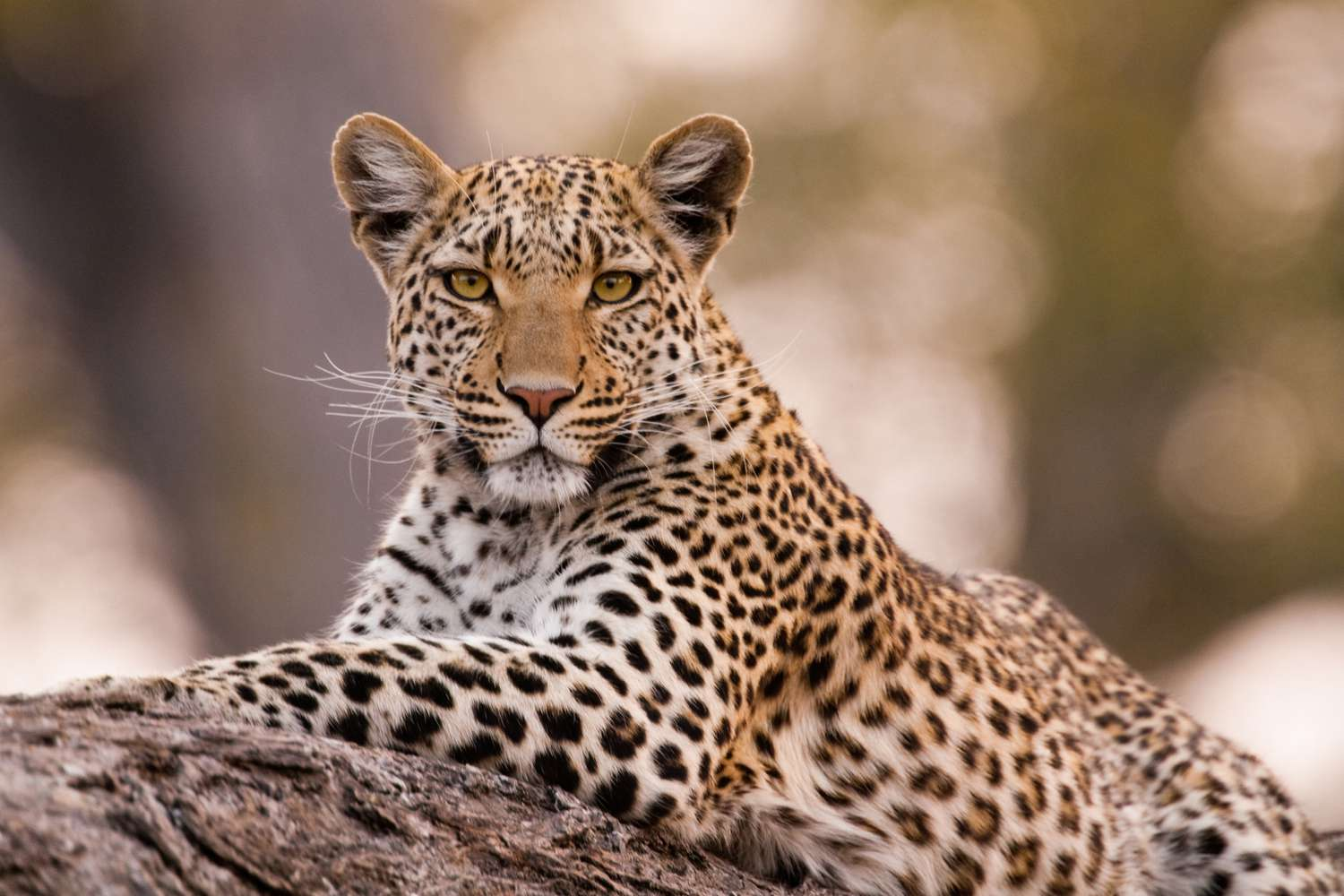Important Facts For Prelims
International Leopard Day 2023
- 05 May 2023
- 3 min read
Why in News?
On International Leopard Day (May 3, 2023), the Cape Leopard Trust (CLT), an active predator conservation working group, launched a new portal dedicated to leopards to promote and celebrate leopards globally.
- The portal was launched at the Global Leopard Conference.
What are the Characteristics of Leopard?
- Scientific Name:
- Panthera pardus
- About:
- Leopards are elusive and nocturnal animals whose size and colour depend on the habitat. They are great climbers and hide in trees, where they hide their prey to avoid competition.
- Geographical Extent:
- Members of the cat family, leopards live in Asia, sub-Saharan Africa, Southern Russia, and the Indian subcontinent.
- The Indian leopard (Panthera pardus fusca) is a leopard widely distributed on the Indian subcontinent.
- Members of the cat family, leopards live in Asia, sub-Saharan Africa, Southern Russia, and the Indian subcontinent.
- Habitat:
- In comparison to other large carnivores, leopards are quite adaptable with respect to their habitat needs and food requirements, being found in:
- Agro-pastoral landscapes
- Plantations
- Near human habitation (both rural and urban)
- In comparison to other large carnivores, leopards are quite adaptable with respect to their habitat needs and food requirements, being found in:
- Population in India:
- As per ‘Status of leopards in India, 2018’ report released by MoEF&CC, there has been a “60% increase in the population count of leopards in India from 2014 estimates’’.
- The 2014 estimates placed the population of leopards at nearly 8,000 which has increased to 12,852.
- The largest number of leopards have been estimated in Madhya Pradesh (3,421) followed by Karnataka (1,783) and Maharashtra (1,690).
- As per ‘Status of leopards in India, 2018’ report released by MoEF&CC, there has been a “60% increase in the population count of leopards in India from 2014 estimates’’.
- Threat:
- Habitat loss
- Poaching
- Human-wildlife conflict
- Protection Status:
- IUCN Red List: Vulnerable
- CITES: Appendix I.
- Wildlife Protection Act 1972: Schedule I
- Human-Leopard Conflict:
- The areas that often witness leopard-human conflicts include Srinagar in the Kashmir Valley, the Brahmaputra Valley in Assam, Gir National Park in Gujarat, and Kalakkad-Mundanthurai Tiger Reserve in southern Tamil Nadu.
UPSC Civil Services Exam, Previous Year Questions (PYQ)
Q. Consider the following: (2012)
- Black-necked crane
- Cheetah
- Flying squirrel
- Snow leopard
Which of the above are naturally found in India?
(a) 1, 2 and 3 only
(b) 1, 3 and 4 only
(c) 2 and 4 only
(d) 1, 2, 3 and 4
Ans: (b)





